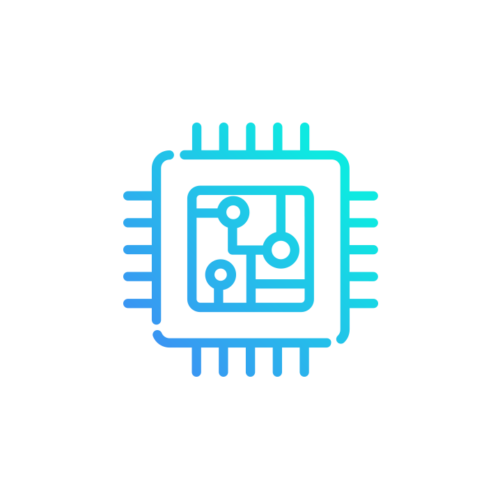Network Design & Optimization
It’s time to move beyond the cables and into the magical land of logic.
Unclog those Network Pipes
Networks are becoming so much more than their underlying ports and cables. The shift from traditional physical networking to logical networking is a profound one that has been hard to grasp for both networking professionals steeped in the old and the people who rely on those networks (who didn’t really understand them before anyway). Mavenspire un-obfuscates network design to help you both understand and get what you really need out of your network. For optimal designs that are cloud-aware (or cloud-centric) and flexible enough to keep up with your desire to grow and pivot your business, we will be your guide and your interpreter.
Speed
Data is moving at breakneck speeds these days. The sharp increase of converged networking vs dedicated, separate networks means that every individual network connection needs to be able to carry the additional load without slowing things down or muddying the waters. Data overall is bigger and flowing in from more places, and you don’t want to be the person who missed an element that bottlenecks the whole thing. On top of that, where do you really need the speed? What makes the big impact, what is future-proofing, and what is just waste?

Evolution
Many of the “best-practice” or “expected” networking configurations that we all know and support loves to investigate during troubleshooting calls until you’re ready to tear their hair out are no longer truly relevant or impactful in today’s high-speed networks. (Seriously, what does flow control even mean on a 100Gb network?) As you translate your networking from old 1Gb or even 10Gb configurations, how do you figure out what remains relevant and what is outdated or even harmful? Do you keep the QoS for phones as you upgrade from 100Mb connections to 1Gb that uplink into 10Gb/25Gb/etc. networking upstream to where the phone server sits? These things have real impact, not just on how switches are configured and maintained, but on how your business operates in real-world scenarios. Networking is much less the distant island isolated from business outcomes; it is becoming an integral part of how organizations achieve their goals.

Security
Networking has always been a huge part of security – firewalls are classified as network devices, after all. The parameters around network security have changed though, because security problems have shifted. Rather than treating security, including network security, as an exercise in making the edge safe from the bad people on the outside, organizations are now dealing with the reality of securing data and applications from the wolves that have come in, plopped down on the break room couch, and are raiding your fridge. Network security is about making the networks themselves more resistant to security breaches, providing ready intelligence about events that indicate that a breach may be happening or have already happened, and isolating the data so that a breach in one area doesn’t sink the whole ship (yes, that is a Titanic reference). Relying on manually-defined ACLs that segment out your data is too laborious, too inclined to error, and not nearly agile or fine-grained enough to meet most modern security needs.

Software-Defined Networking
On the edge of your network, connecting to remote sites or remote workers, software-defined networking can increase availability and even out network performance across cheaper Internet lines. Modern software-defined WAN (SDWAN) solutions offer optimizations to common cloud services like Microsoft 365, Azure, AWS, or Google. Gain [better|comparable] stability to MPLS without the high cost and slow implementation. Make your edge perform better, for less, with greater agility with SDWAN solutions.
Software-defined networking with the datacenter offers its most significant benefits on the security and intelligence front. Implement microsegmentation that truly reflects the security needs of your organization on individual application and dataset levels. Provision, tear down, and reprovision networking using logic that transcends the capabilities of the underlying physical infrastructure alone.



